AN INTRODUCTION TO LANDFORM DESIGN
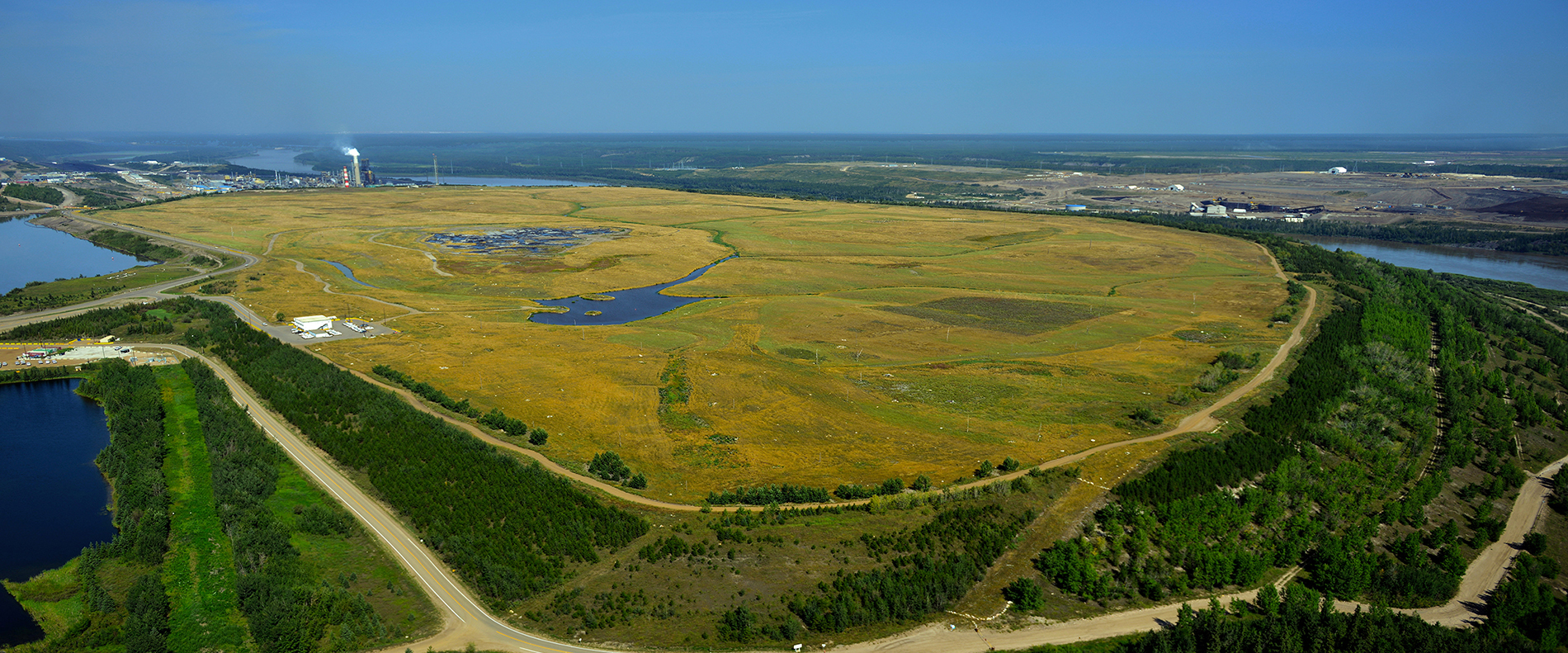
Mining drastically disturbs the land.
Landform design is an emerging process used to successfully reconstruct mine land. It allows industry, regulators, and communities to work together to manage costs and risks, minimize liability, and produce progressively reclaimed landscapes with confidence and pride. Done well, landform design leads to a positive mining legacy — it is a pillar of sustainable mining.
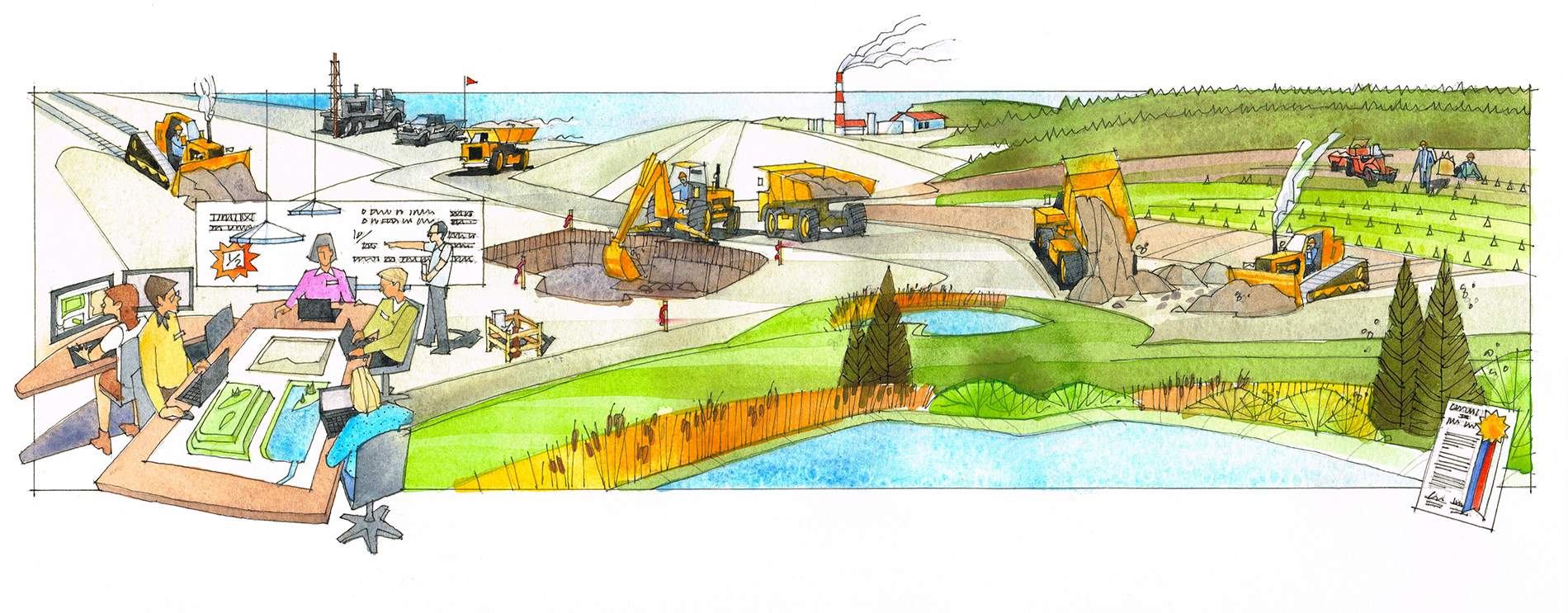


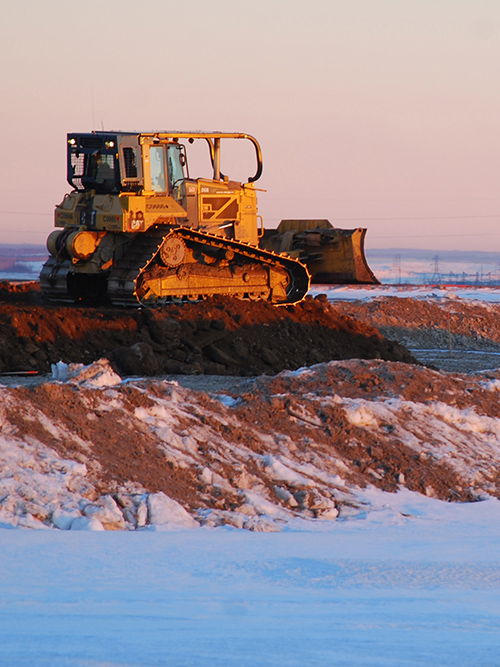
Conventional reclamation, despite dedicated efforts, usually begins late and is too narrowly focused. It results in landscapes that fall short of societal and regulatory needs, require costly rework, and fail to win release of financial assurance. Users remain barred from the land. Landform design is more broadly focused. It begins before mining to provide design, support, and stewardship throughout the life of the mine and beyond.
Landform design operates at landform, landscape, and regional scales. Design teams include planners, engineers, geologists, hydrologists, geochemists, keepers of traditional knowledge, ecologists, and operations and reclamation specialists. A design-basis document provides agreed upon goals, objectives, and design criteria. This living contract evolves over the decades between the initial vision and final signoff.
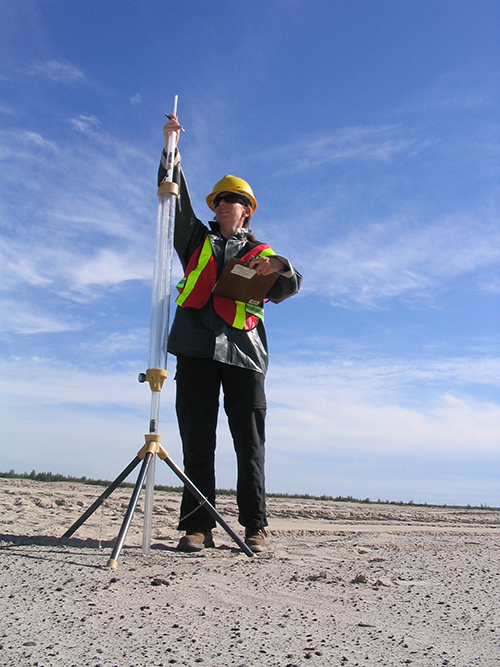
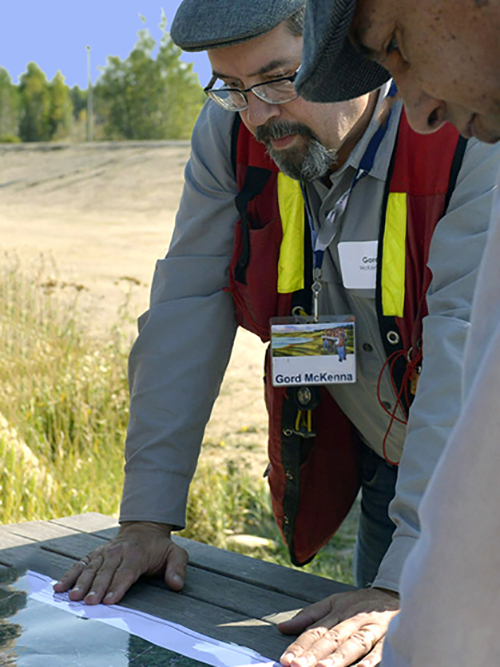

The illustration below presents common mining landforms and landform elements. Natural landforms are the product of millennia of deposition and erosion. Mining landscapes will also evolve as reclamation covers turn to soil, natural landscapes re-emerge, and plants and animals colonize ecosystems. Landform designers anticipate and embrace inevitable change. They draw on natural analogs for inspiration, numerical models for guidance, and monitoring data to inform construction and maintenance decisions. All landform elements contribute to reclamation.
Each undulating ridge, vegetated swale, irregular mound, or patch of trees is an integral part of the landform. In turn, each landform is an integral part of the mining landscape, and landscapes are part of the mining region. Basins and plateaus route runoff to wetlands, streams, and lakes. Graded slopes reduce erosion and provide ecological diversity. Covers manage water, reducing or enhancing percolation. Vegetation enhances habitats, littoral zones host aquatic ecosystems, and end pit lakes can serve as wastewater bioreactors. Trails and boat launches allow for recreation and monitoring. Some elements are exquisitely designed. Others are field-fit. All can provide low-cost solutions to complex problems at multiple scales, built over decades or centuries, to evolve for millennia.

